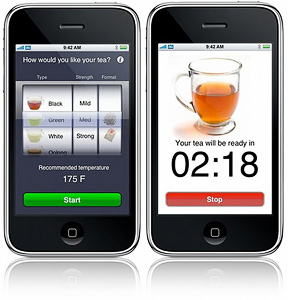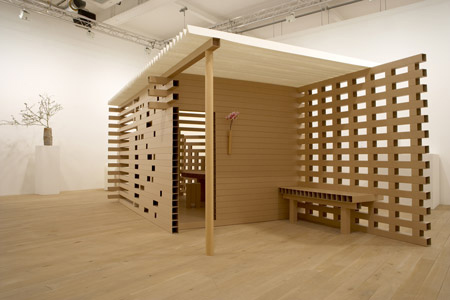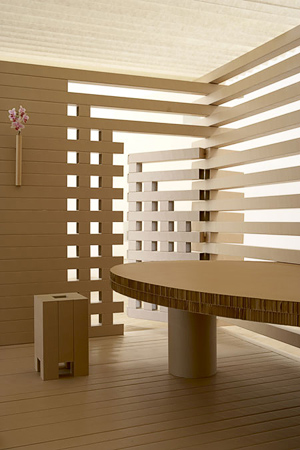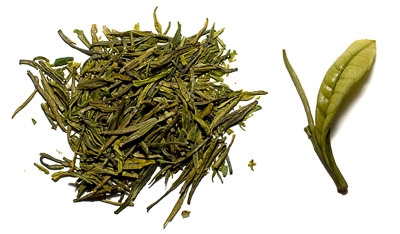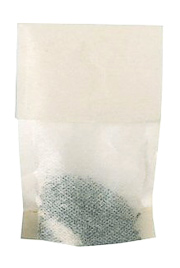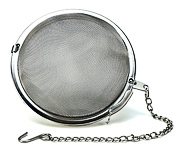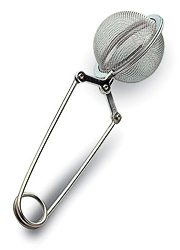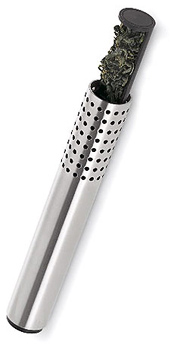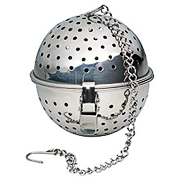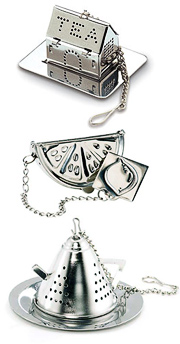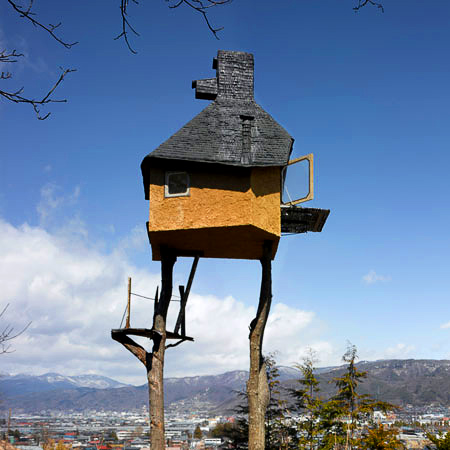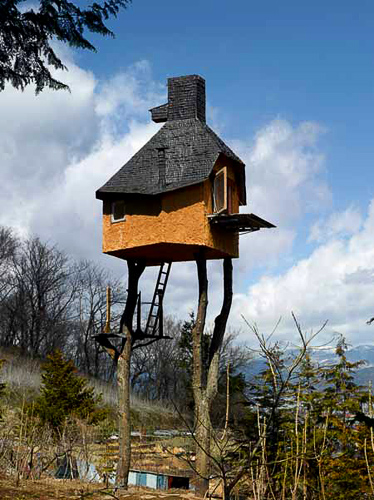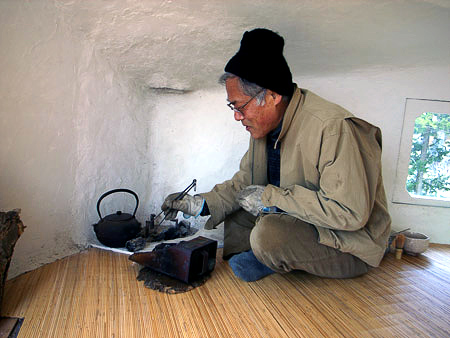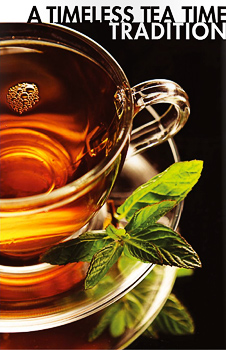Yet another batch of interesting and inspirational pots of all shapes and forms. Some of them can be very useful, while others are simply decorative pieces. This 3rd in a series of articles features the futuristic, elegant and and modern teapot ideas.

Shatter Teapot by William Harvey for Umbra
A modern style teapot inspired by neo-cubism and geometrical forms. Its dramatic look, shattered look is makes it out of the ordinary. Made of fine bone china.
Cactus Teapot Bascet by JoAnne Russo
Filio Teapot by Mono
This pot has probable the biggest ever straining basket, all to improve the quality of tea and leave enough space for the leaves. The glass hemisphere is suspended in the air, supported by stainless steel base and arm.
If traditional teapots just arenít your cuppa, check out this modern masterpiece. Designed by William Harvey, this neo-cubist teapot has a dynamic urban style. The white bone china becomes a study of shadows created by the many faceted surfaces. Shattering your expectations, the Umbra Teapot complements sharp contemporary interiors. A dramatic designer centrepiece for your next kaffeeklatsch, the Shatter Teapot is and available from Umbra.com.
Mars Teapot by Raju Peddada
A futuristic vision of mars in a teapot.
Sweetheart teapot by Christian Ghion
750ml porcelain made teapot that has a maternal and feminine curves, These curves give the sweetheart teapot a unique and classy look making it not only the perfect tableware for your kitchen or patio, but a décor as well
Text Teapot by Holly Hansessian
earthen-ware with low-fire glaze
1 Shatter Teapot by William Harvey for Umbra
A modern style teapot inspired by neo-cubism and geometrical forms. Its dramatic look, shattered look is makes it out of the ordinary. Made of fine bone china for shattering impressions.
2 Cactus Teapot Basket by JoAnne Russo
Not an actual teapot, but it has the shape of one. It has a dangerous and rugged look.
3 Filio Teapot by Mono
This pot has probable the biggest ever straining basket, all to improve the quality of tea and leave enough space for the leaves. The glass hemisphere is suspended in the air, supported by stainless steel base and arm.
4 Mars Teapot by Raju Peddada
A futuristic vision of mars in a teapot. Made of sterling silver, with round, but defined features.
5 Text Teapot by Holly Hanessian
An artistic interpretation of letters in earthen ware with low-fire glaze. This teapot can give a touch of the abstract to any home.
6 Sweetheart teapot by Christian Ghion
Classy looking teapot made of porcelain, with soft shapes and curves. It imitates the look of a heart.
Related Part 2 Part 1
